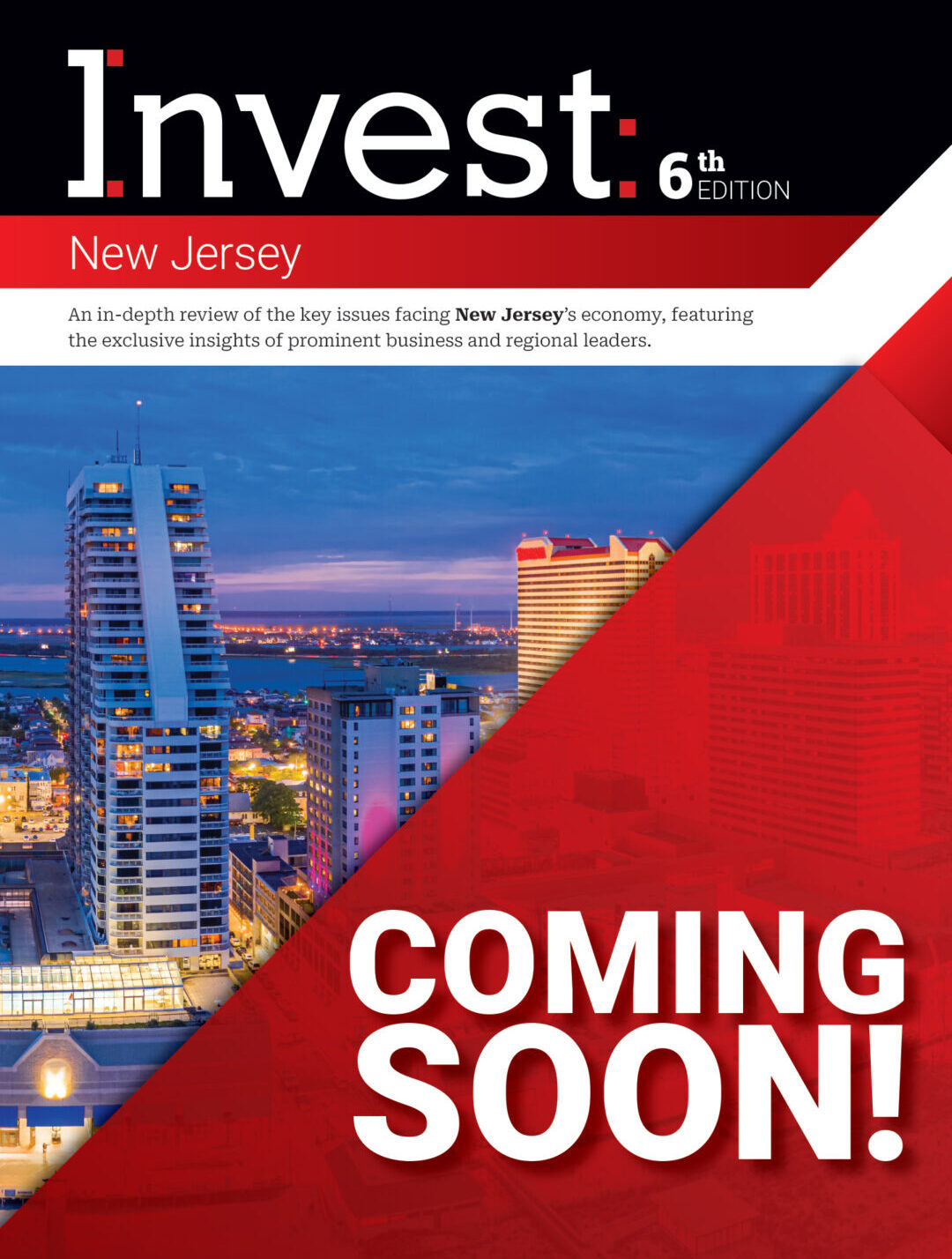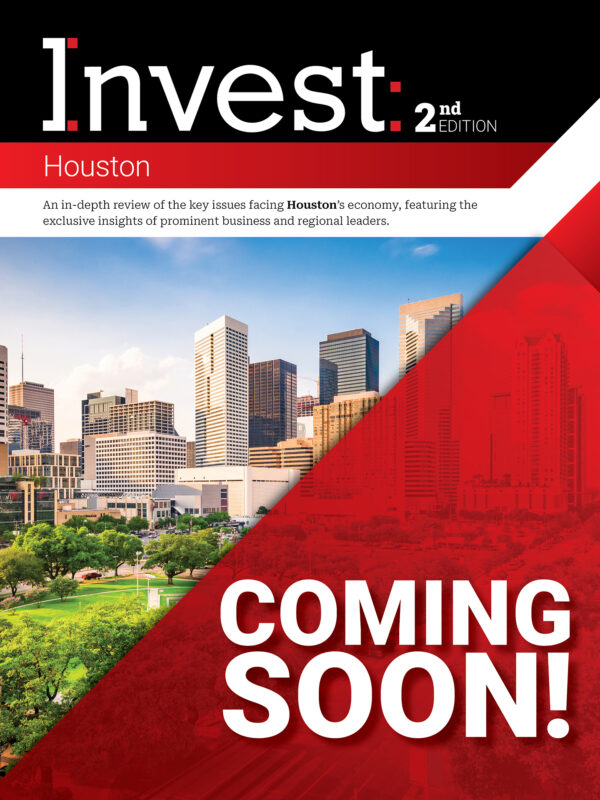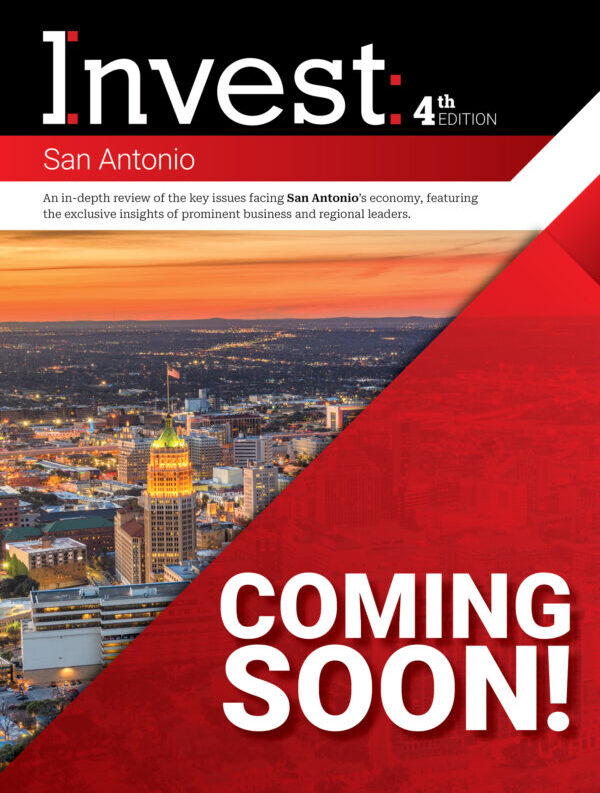Spotlight On: Patricia Wilson Aden, President & CEO, Greater Philadelphia Cultural Alliance
 July 2023 — In an interview with Invest:, Patricia Wilson Aden, president and CEO of the Greater Philadelphia Cultural Alliance, emphasized the importance of investing in arts and culture. She also discussed the measures taken to diversify revenue streams and the staffing shortage across the arts and culture community.
July 2023 — In an interview with Invest:, Patricia Wilson Aden, president and CEO of the Greater Philadelphia Cultural Alliance, emphasized the importance of investing in arts and culture. She also discussed the measures taken to diversify revenue streams and the staffing shortage across the arts and culture community.
How has the demand for your services shifted over the last year and what are the opportunities that you’re looking to capitalize on as an organization?
The demand for our services in Philadelphia remains strong. Our membership has reached more than 400 organizations and truly represents the diversity of Philadelphia’s cultural community. This includes not only the visual and performing arts, but also historic sites, horticultural organizations and neighborhood-based groups. The budgets of our members are also quite diverse, ranging from under $500,000 to multi-million-dollar enterprises such as the Philadelphia Museum of Art and the Philadelphia Zoo. Our members continue to face challenges in recovering from the pandemic. To put things into perspective, during the Great Recession, our organizations experienced a 12% decline in revenue, but during the pandemic, we saw a 34% decline.
As the voice of the cultural community in Philadelphia, we amplify our members’ concerns to stakeholders and elected officials. We’re hopeful that there will be continued commitment and investment in the arts from the city and state. After all, we contribute $4.1 billion to the region’s economy. Public investment in our industry could only mean further growth and collaboration with allied industries in hospitality, tourism and more.
Staffing has been a significant concern for our members. We want to ensure that creative workers can thrive in Philadelphia, especially since we have a concentration of secondary education institutions that grow talent right here. We’re looking for policies and practices that will ensure that artists, musicians and other creative professionals can really thrive and not feel compelled to leave. That’s why we’re advocating for our next mayor to support the cultural economy in a way that truly makes a difference. We appreciate all the philanthropic dollars that support our organizations, but we also need dedicated funding for the creative economy and other strategies to reverse this talent drain.
How are you working to diversify revenue streams for the arts and culture community so that it can become increasingly sustainable?
It’s no secret that we’ve had to continuously seek creative solutions and develop new business models to adapt to new realities. In 2008, when contributed revenue dropped drastically, many organizations leaned into earned revenue, like ticket sales. But with COVID causing a 72% decline in paid attendance revenue, we had to pivot into remote and virtual offerings. Our main goal still remains to encourage audiences to return.
We firmly believe that as audiences return to experience arts and culture, it will benefit not only the arts and culture economy but the city as a whole. Arts and culture is a magnet that draws audiences to the city and nearby businesses. For instance, if you attend the PHS Philadelphia Flower Show, you might park, visit a nearby restaurant, and even stay overnight. That dollar you initially spent at the event multiplies as you experience adjacent or allied industries like the restaurant, parking, and hotel industry. That’s why as we recover, we are grateful for the collaboration and partnership with these allied industries.
Are there any legislative or regulatory measures that you are keeping track of?
On the state side, we want to highlight that we fully support Gov. Shapiro’s suggestion to increase funding for arts and cultural organizations. There is a proposed $1 million increase for grants, which will directly benefit those groups that contribute to the arts and cultural offerings throughout the state. As for our local focus, we are very engaged in the upcoming election. We would like the next mayor to consider establishing a dedicated revenue source for arts and culture and elevating the Office of Arts, Culture, and the Creative Economy to a cabinet-level position. As a $3.4 billion industry in this city, Philadelphia’s creative sector deserves department-level attention to ensure consistent funding and leadership.
Additionally, we hope that an integrated arts plan will be developed, acknowledging that the impact of arts and culture is not isolated, but instead touches many policies and practices across various departments. The Commerce Department, public safety initiatives, the Department of Parks and Recreation and other departments should all reflect this focus. We firmly believe that arts and culture is part of the solution to many of the challenges the city faces, and we want to partner with the city to leverage its benefits to their full potential.
Finally, we are excited about 2026, the 250th anniversary of the founding of the United States. As we welcome hundreds of thousands of visitors for FIFA World Cup 26TM, Philadelphia has the opportunity to be recognized as a world-class cultural destination, and we are eager to contribute to the vibrant experience for all those who visit.
How has the arts and culture landscape addressed staffing shortage and what partnerships are in place to ensure that there is a sustainable pipeline of talent?
Arts and culture education, workforce development and ending staffing shortages are all intertwined. There’s a direct correlation between arts and culture and educational achievement. During the pandemic, student field trips dropped by 92%, meaning students were missing out on an enriching dimension of their education. For example, high school students who are involved in arts and culture perform up to 100 points better on their SATs. Furthermore, with a density of top-tier secondary education institutions — Drexel University, the University of Pennsylvania, Moore College of Art & Design, Temple University, Pennsylvania Academy of Fine Arts, and University of the Arts — Philadelphia is comparable to any other large city in the country.
We also know that teenagers, especially those in high school, need real work experience. That’s why our Bloomberg Arts Internship program for rising high school seniors places students in cultural organizations or work sites throughout the city. This year, more than 30 work sites or cultural organizations will be involved in this program, ensuring that students receive valuable exposure to real-life work experiences. We believe that paying interns through this program is a matter of equity so that every student can benefit from these opportunities.
We want to ensure that creative workers in Philadelphia can stay in the city by providing competitive salaries, benefits, and a supportive work environment so that our cultural organizations can attract and retain the best talent and help them thrive and raise families as they pursue their careers in the industry they love.
What is the role of small businesses and organizations in terms of acting as an ally for the arts and culture landscape of the region?
We believe that a thriving cultural community, consisting of everyone’s interests, is vital to the city of Philadelphia. We are gratified to have received ample support from certain corporations, such as banks and utilities, which have helped sustain and develop our creative community here in Philadelphia. Nonetheless, we aim to strengthen these relationships further, especially with our allied stakeholders. We are confident that as we continue to engage in dialogue regarding shared interests, we will witness a greater investment in our cultural community. This investment is crucial as our cultural community strives to recover from COVID.
What is your outlook for the next two to three years for your organization and the region as a whole and how does that impact your priorities?
I’m going to speak from a place of optimism because we all have a shared mission that we’re passionate about, and it shows. We make a real impact, socially and economically. We know we’ve got some great qualities, and we’re committed to sharing them with the wider community.
2026 is going to be huge, no doubt about it. We’ve got plenty of partners in Greater Philadelphia who are just as excited as we are. We’re aiming high, and we think the arts and culture community can put us over the top when it comes to the economic impact of that big celebration. But we’re not just thinking about money here. Our social impact is where our hearts are. We know that the work we do can change kids’ lives, and in a city that’s dealing with trauma and is under pressure, arts and culture offers an opportunity for transformation.
I want to emphasize that arts and culture is worthy of investment. Pennsylvania is currently only spending 81 cents per capita on arts and culture, which puts us at the bottom of the list compared to neighboring states. With New York and New Jersey investing over $3 and $7 per capita, respectively, we need to climb the ladder and become a regional leader in arts and culture investment. It is time for Pennsylvania to not just be a leader in other areas, but also in arts and culture funding.
For more information, visit:















